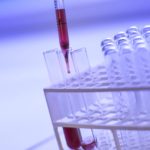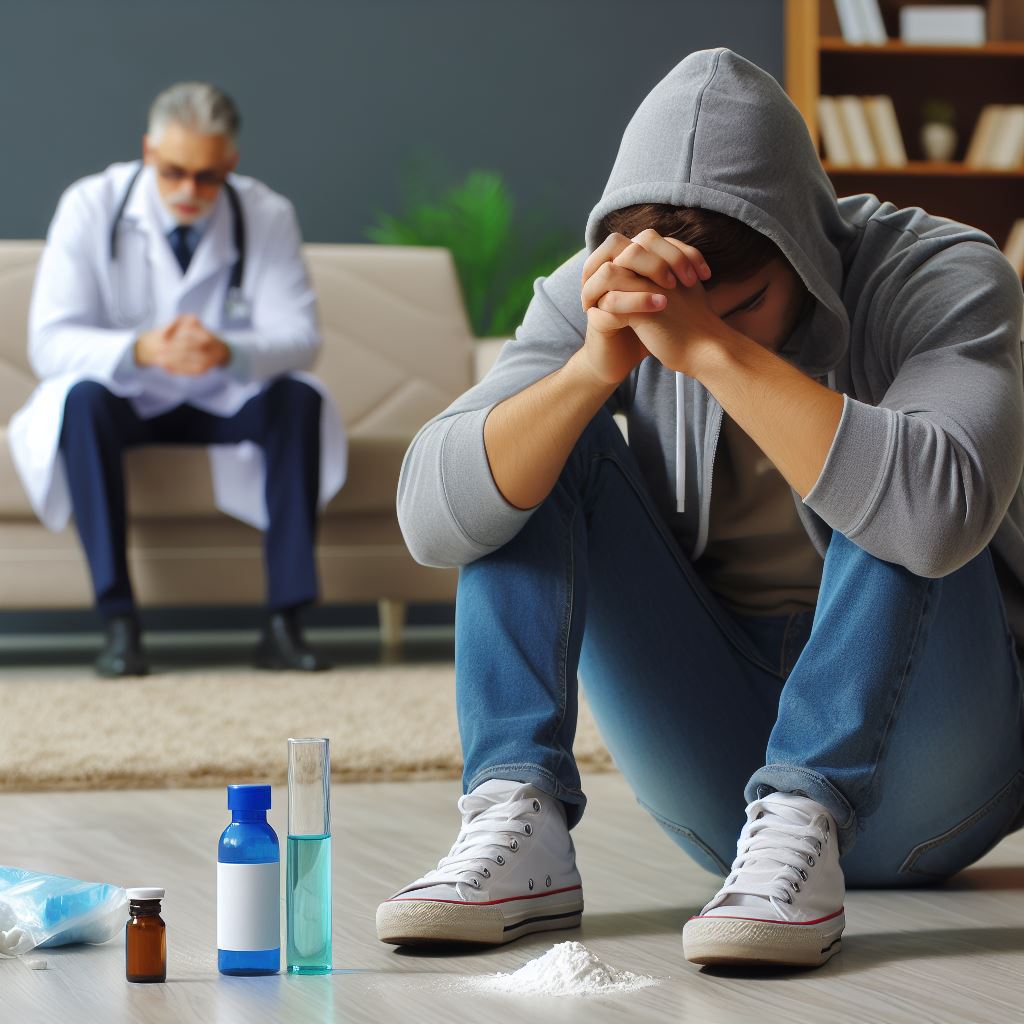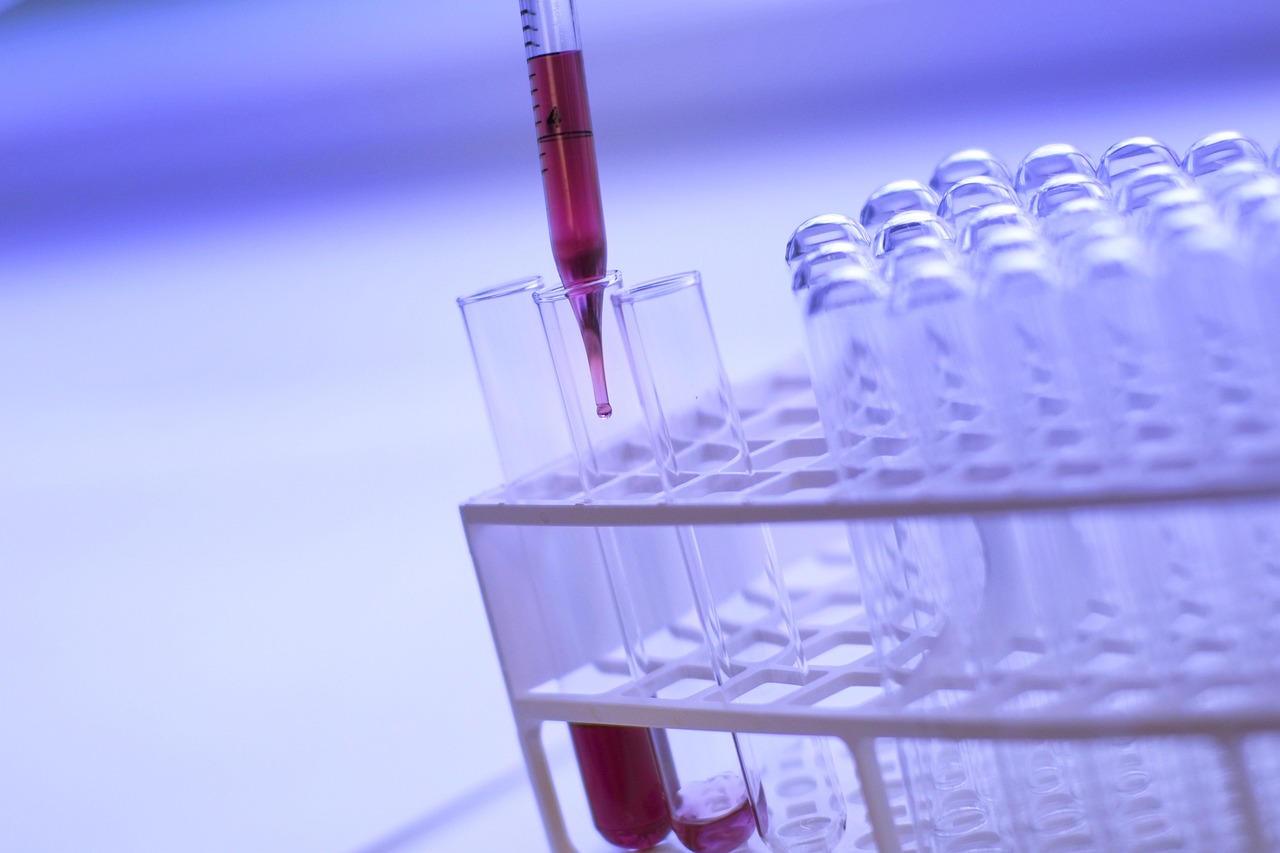The Neuroscience of Addiction: How Opioids Act on the Brain
You know that feeling when you take your first bite of chocolate cake or have your first sip of coffee in the morning? That wave of pleasure and reward flowing through your mind and body? Well, that’s your brain’s chemistry in action. Specifically, it’s the neurotransmitters dopamine and endorphins lighting up your brain’s reward circuit.
Now imagine that feeling multiplied by 10 or 100 times. That’s what opioids like heroin, fentanyl, and oxycodone do to your brain. They flood your system with dopamine and endorphins, creating an extremely rewarding high. But here’s the sinister part – they also slowly rewire your brain, hijacking its normal reward circuitry. Your brain adapts to the constant surges of dopamine and endorphins, needing more and more of the drug to feel good. This is the vicious cycle of addiction.
In this article, we’ll explore the chemical mechanisms in the brain that lead to opioid addiction and how drug addiction therapy may work. We’ll look at how the drugs work initially to produce a high, how tolerance and dependence develop, and why withdrawal can be so punishing. Understanding the chemistry behind the crisis may help us better understand how to solve it.
Key Neurotransmitters Involved in Opioid Addiction
The neuroscience behind opioid addiction is complex but fascinating. When you take an opioid like oxycodone or heroin, it activates the opioid receptors in your brain that are responsible for controlling pain and reward. The Reward Pathway
Specifically, opioids target the mesolimbic reward pathway, flooding your brain with dopamine—the “feel good” neurotransmitter. This reward pathway evolved to drive us to repeat life-sustaining behaviors like eating, but opioids hijack it, creating an artificial high and craving.
Repeated opioid use rewires your brain, associating the drug with survival and prioritizing it over natural rewards. Over time, more of the drug is needed to get high, and without it, you feel sick. This negative reinforcement traps you in a cycle of use and addiction.
The changes to your brain are long-lasting, which is why opioid addiction is considered a chronic medical disorder. Recovery is difficult but possible through evidence-based treatments like medication, therapy, and social support. The good news is the brain can heal, neural pathways can be rewired, and natural rewards can again be enjoyed.
With work and time, people can and do recover from opioid addiction. Understanding the mechanisms behind the disorder helps reduce stigma and shed light on the challenges of overcoming it. But there is always hope, and recovery is absolutely within reach.
Innovations in Addiction Therapy: Targeting Brain Chemistry
When opioids enter your brain, they target neurotransmitters involved in pleasure and reward. Specifically, they hijack the dopamine system. Dopamine is the “feel-good” chemical messenger in your brain that makes you feel pleasure from activities like eating, sex, and social interaction.
Opioids flood your brain with dopamine by binding to opioid receptors, especially the mu-opioid receptor. This dopamine flood produces an intense rush of euphoria and relaxation. Over time, your brain adapts to this dopamine overload by reducing the number of dopamine receptors and limiting natural dopamine production. This means you need more and more opioids to feel good, leading to addiction and dependence.
Two other key neurotransmitters involved are glutamate and GABA. Glutamate is an excitatory neurotransmitter that stimulates brain activity, while GABA inhibits brain activity and produces calming effects. Opioids block glutamate release and increase GABA activity. At high doses, this can slow your breathing and heart rate, leading to overdose.
The changes opioids cause in these neurotransmitter systems are long-lasting, which is why opioid addiction is so difficult to overcome. Detoxing from opioids restores your natural brain chemistry over time, but cravings can persist for months or years. Medications and therapy help rebalance your dopamine and other neurotransmitters to reduce cravings, prevent relapse, and support your recovery.










